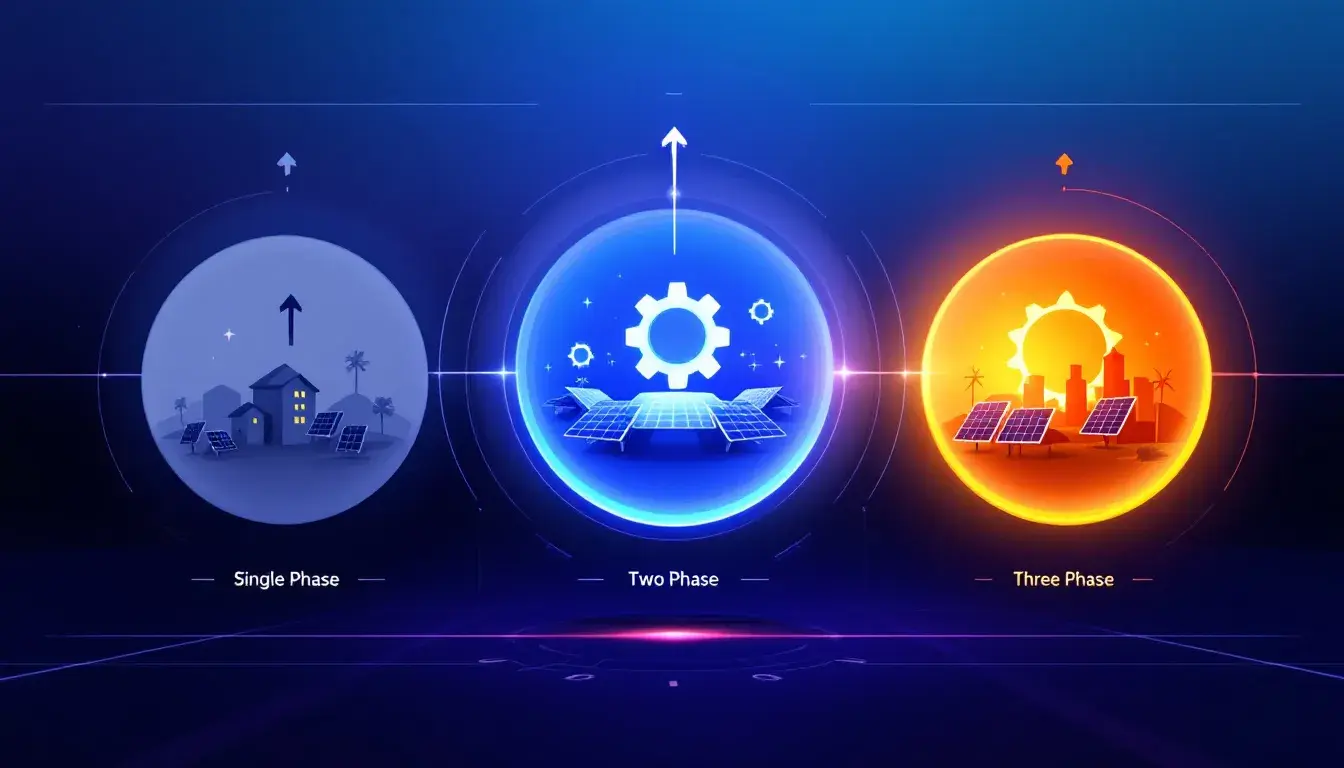What Is The Difference Between Panelboard And Load Center?
Table of Contents
ToggleWhen discussing electrical distribution equipment, you’ll often hear the terms “panelboard” and “load center” used interchangeably. But while related in function, these technologies have distinct differences every electrical professional should understand.
- Load centers are made for 120/240V residential/light commercial settings
- Panelboards manage higher voltages and phase loads
- Load centers save money upfront with limited capacities
- Panelboards maximize performance, customization, and lifespans
This overview explores what uniquely defines panelboards and load centers, along with realistic applications, limitations, and general cost considerations when selecting between options.
What is a Panelboard?
As a refresher, electrical panelboards provide two core functions:
- Reliably distribute power from the supply source to downstream circuits
- Protect connected equipment using built-in circuit breakers and fuses
Panelboards utilize a metal enclosure housing multiple smaller branch circuit breakers rated up to about 100-200 amps each. By integrating both distribution and protection capacities, panelboards offer a convenient single solution for managing everyday loads.
Common applications include commercial buildings, schools, hospitals, apartments, condos, and industrial facilities. Panelboards come in standard or custom configurations to tailor capacity and capabilities to specific needs.
What is a Load Center?
Load centers represent a specialized subset of electrical panelboards tailored to residential and light commercial settings. They perform the same dual functions of distributing and protecting power using built-in circuit breakers.
However, load centers feature a slightly different form factor optimized for cost-sensitive applications with limited space. They utilize more lightweight enclosures and smaller breaker sizes suited for typical home/office equipment loads.
In particular, load centers are exclusively designed for 120/240-volt single-phase power instead of supporting higher voltages or 3-phase configurations. This further reduces complexity and expense.
Branch breakers usually range from 15-60 amps for lighting, receptacles, and appliances – not large motors or machinery. In a nutshell, load centers provide basic, affordable, fused distribution capabilities without advanced features or expansive capacity.
Load Center vs Panelboard – Notable Differences
Now that we’ve defined both panelboards and load centers, let’s call out key differences:
Voltage & Phase Configurations
Load centers are exclusively designed for 120/240V single-phase power[1] for residential and light commercial needs. Panelboards can distribute higher voltage outputs and support 3-phase configurations for more demanding applications.
Electrical Load Capacities
Load centers typically max out below 200 amp capacities, while heavy-duty panelboards reliably handle 2000-5000+ amp loads required in industrial facilities with large motors and dense equipment densities.
Durability & Components
Cost-driven load centers utilize lighter minimum-grade enclosures, bus bars, and breakers. Panelboards incorporate thicker metal enclosures and enhanced internal components to meet rigorous UL safety and performance standards.
Breaker Sizes
Load center breaker sizes range from 15-60 amps for basic lighting and receptacle branch circuits found in homes and offices. Panelboards facilitate larger power-dense equipment using 125-400 amp breaker trip ratings.
Expandability & Customization
Field-installed subfeed or auxiliary sections enable greater panelboard expansion and load flexibility. Load centers have fixed, non-removable interiors that max out capacity at initial installation.
Cost Considerations
Budget-friendly load centers save on upfront costs but are limited in capabilities. Investing in durable, adaptable panelboards pays over a long lifespan with maximum uptime.
Conclusion
Specifying appropriately sized panelboards or load centers from the start prevents wasted budgets and future upgrade headaches. TOSUNlux offers free consultations and recommendations tailored to your project requirements.
Our experts help strike the perfect balance between capabilities, expandability, and costs based on realistic power needs. Throughout construction and occupancy, TOSUNlux provides responsive support addressing any panelboard or distribution questions, keeping your systems running smoothly. Contact us today to discuss your next project or upgrade!
Tel: +86-577-88671000
E-mail: ceo@tosun.com
Skype: tosunelectric
Wechat: +86-139 6881 9286
WhatsApp: +86-139 0587 7291
Address: Room No.1001 Wenzhou Fortune Center,Station Road, Wenzhou, China
REQUEST A QUOTE
WhatsApp us
 : +86-139 0587 7291
: +86-139 0587 7291 English
English Español
Español Русский
Русский Français
Français العربية
العربية Português do Brasil
Português do Brasil Українська
Українська Türkçe
Türkçe Polski
Polski Nederlands
Nederlands Italiano
Italiano Bahasa Indonesia
Bahasa Indonesia हिन्दी
हिन्दी اردو
اردو አማርኛ
አማርኛ Հայերեն
Հայերեն ไทย
ไทย Монгол
Монгол فارسی
فارسی Shqip
Shqip Ελληνικά
Ελληνικά


